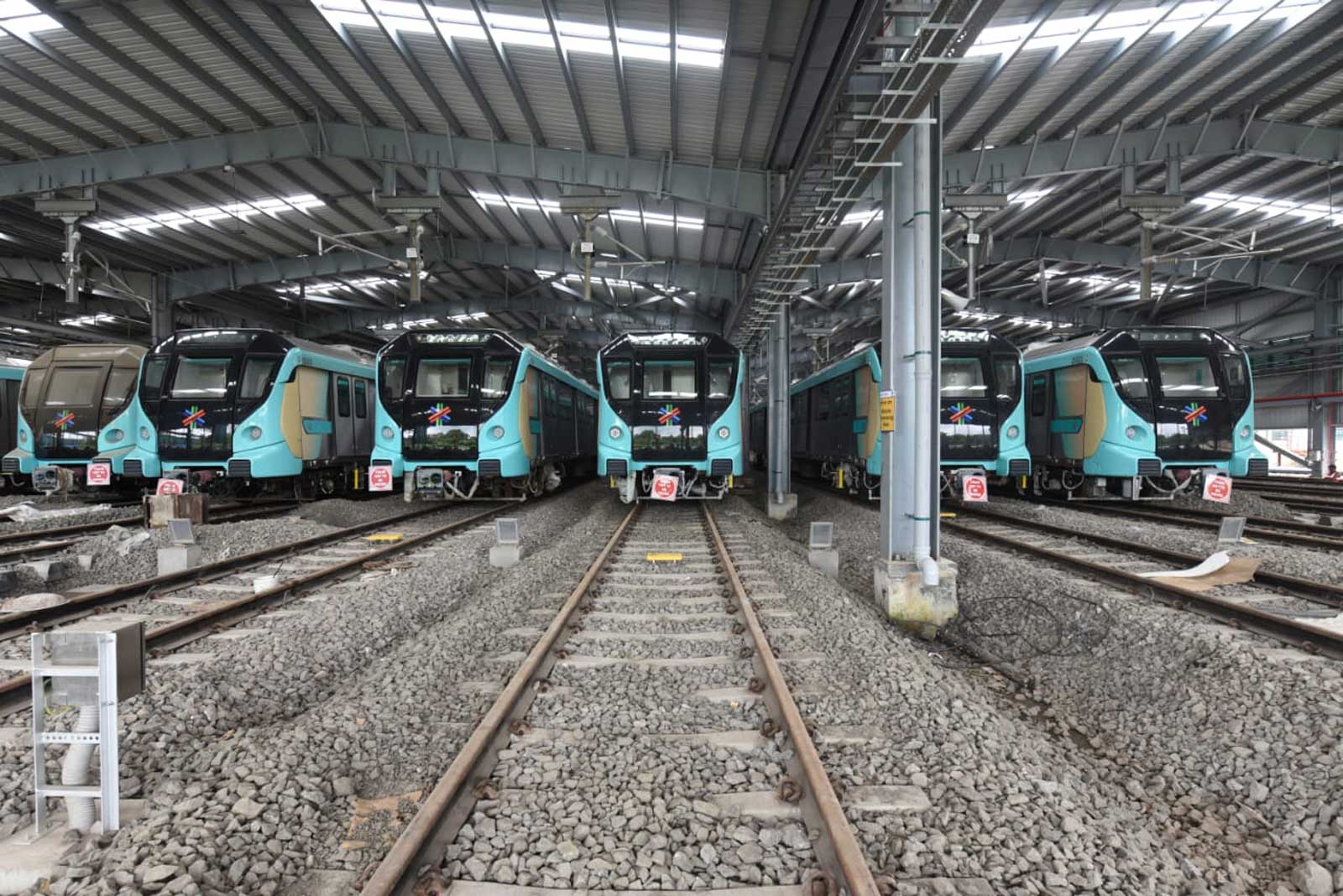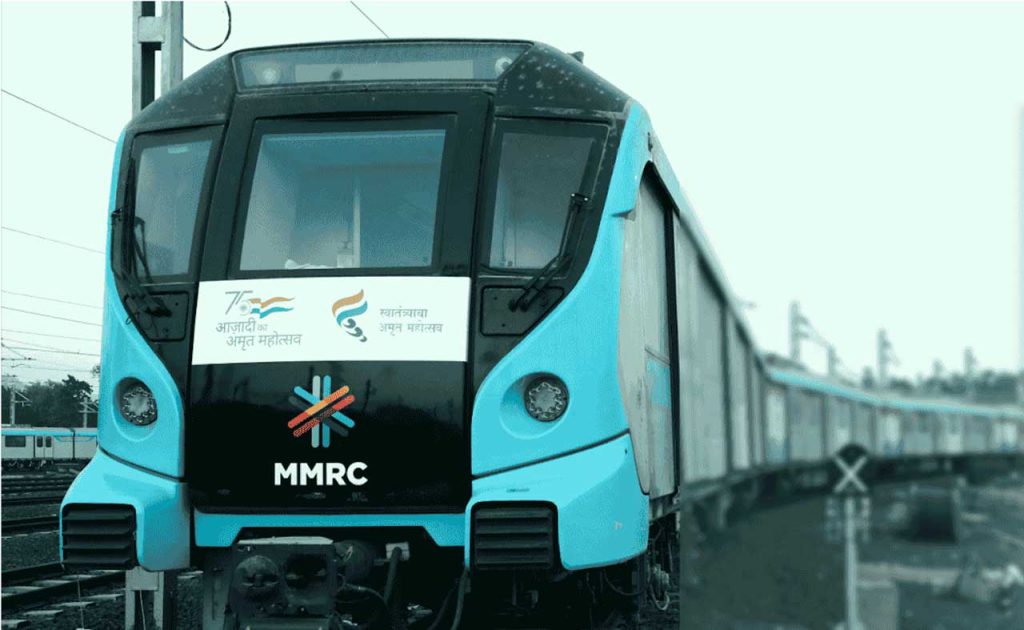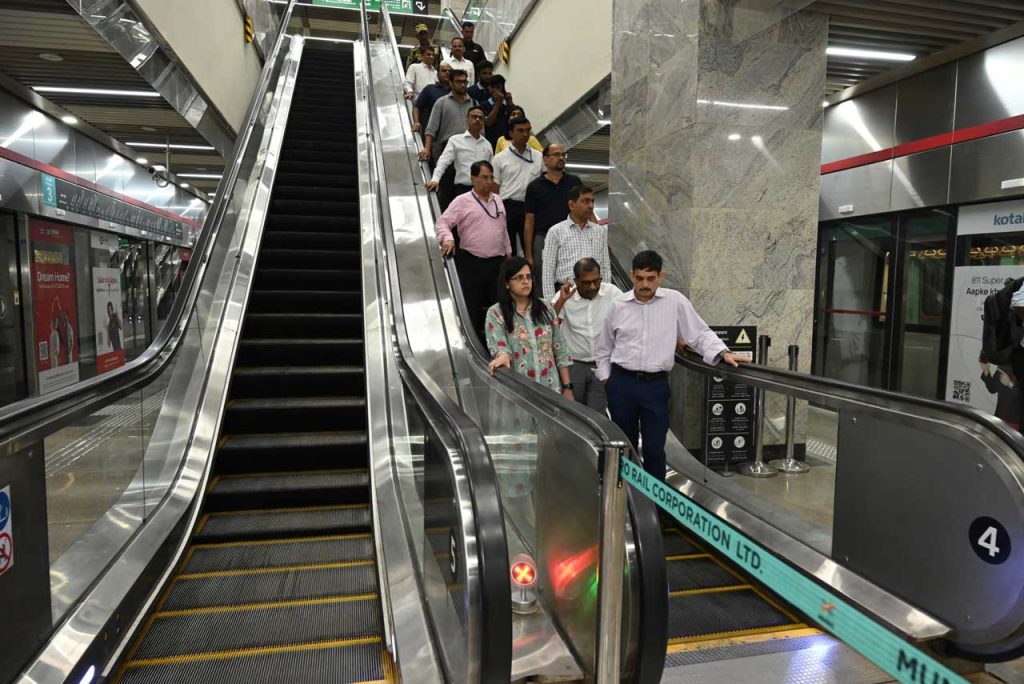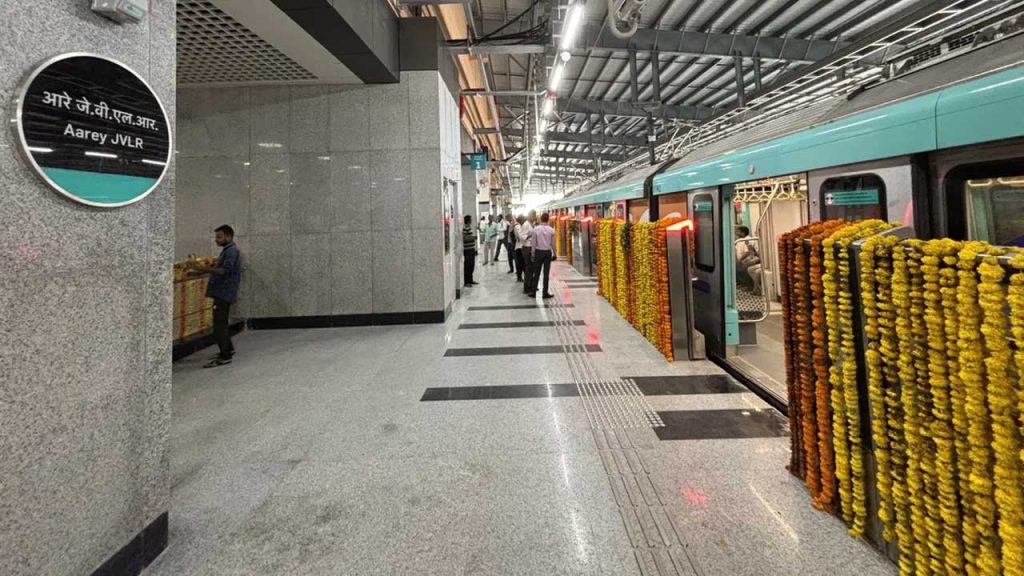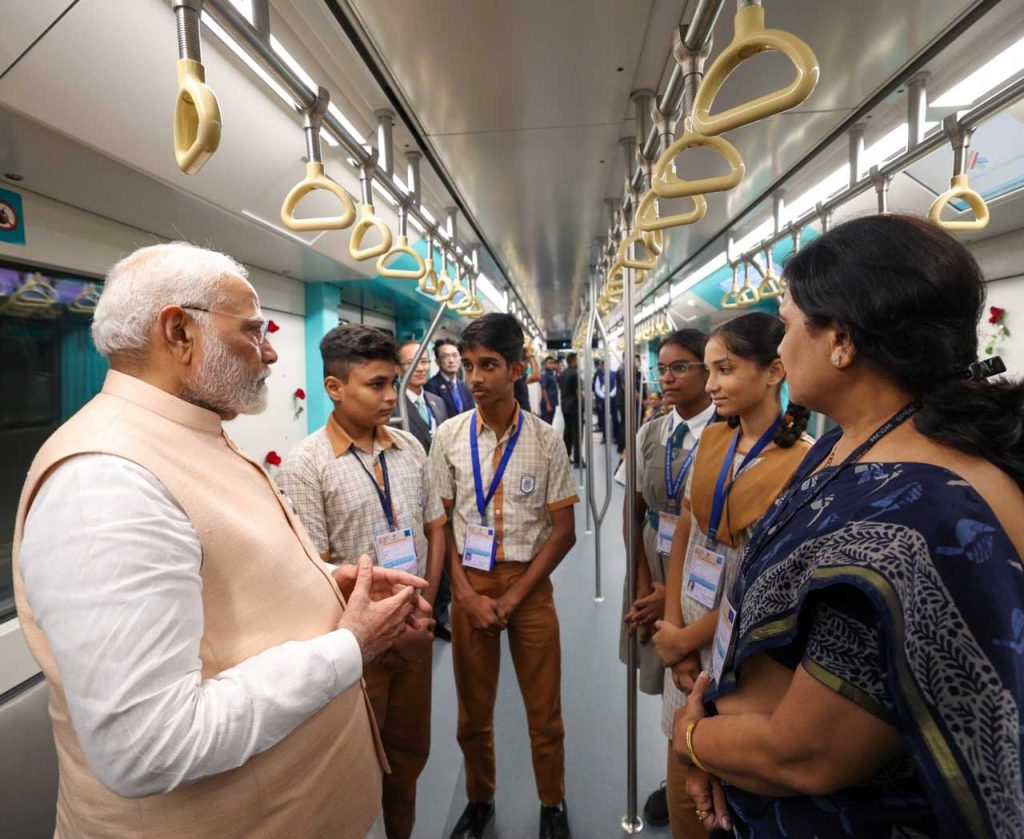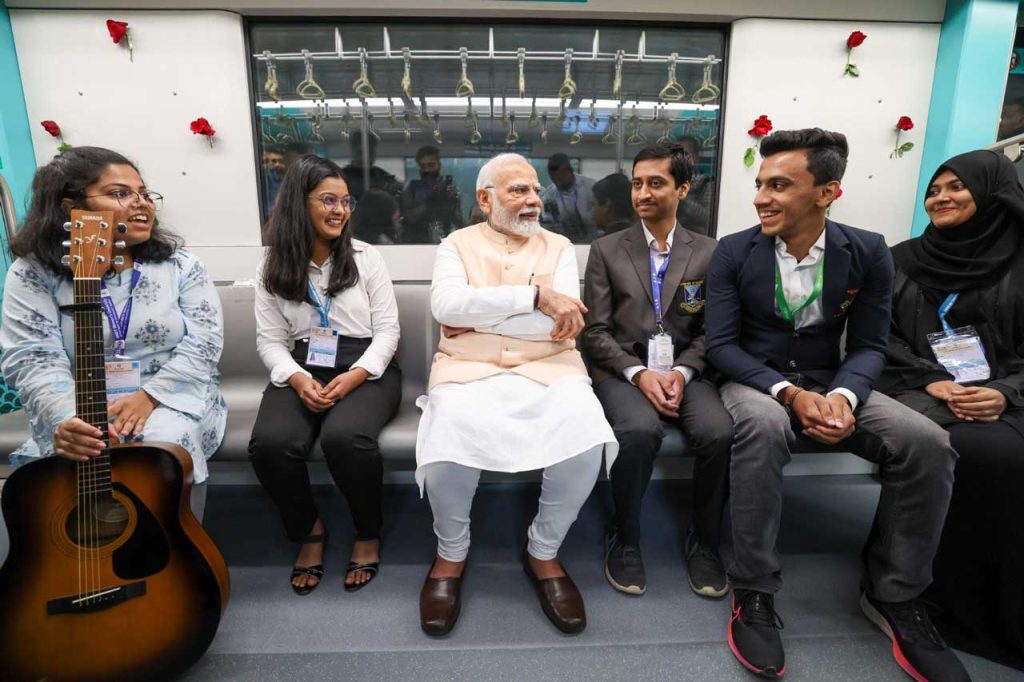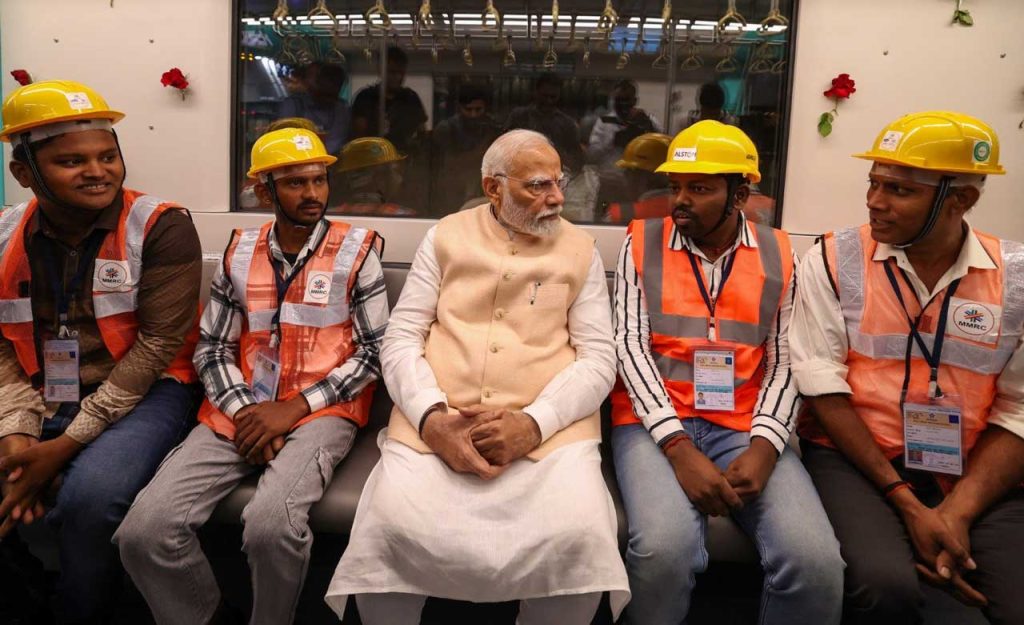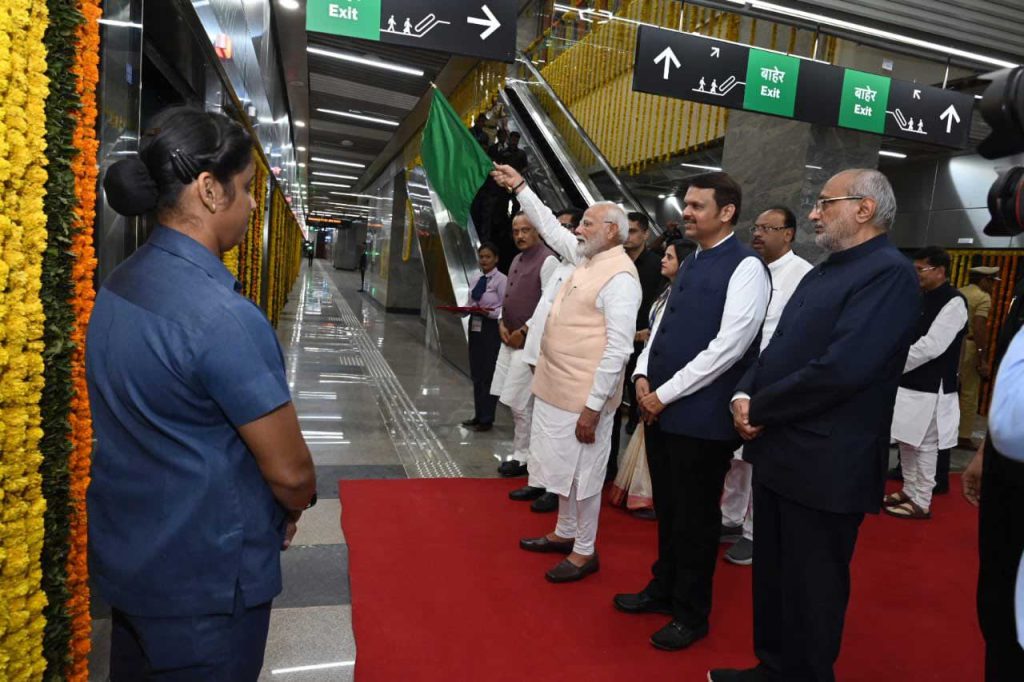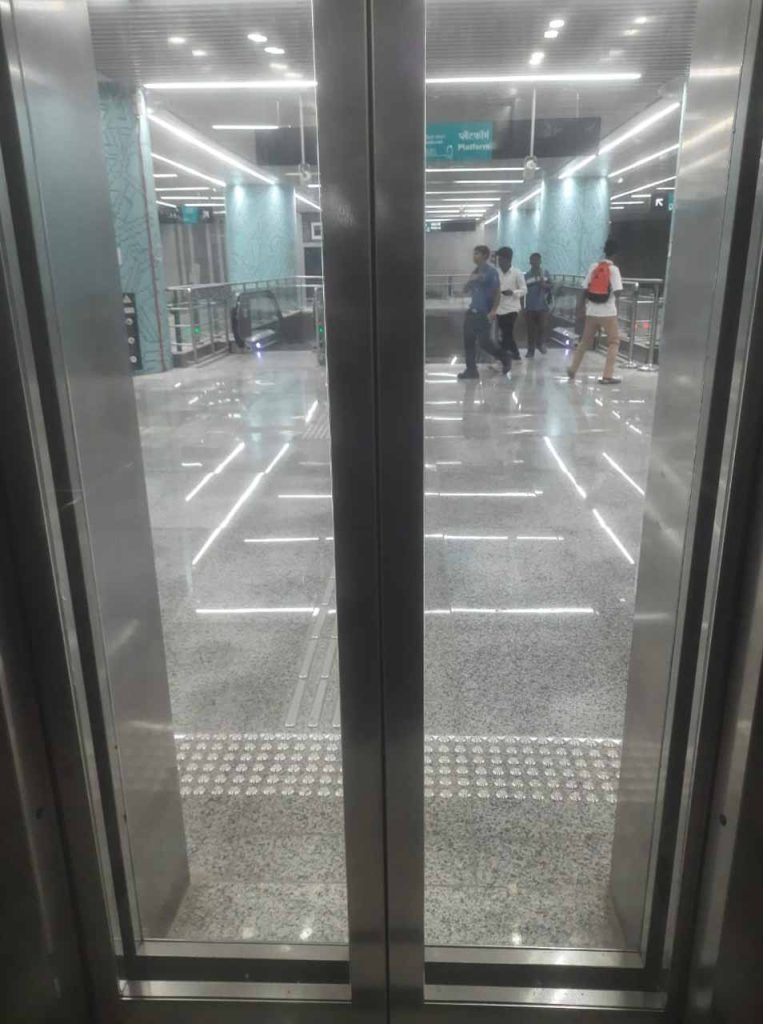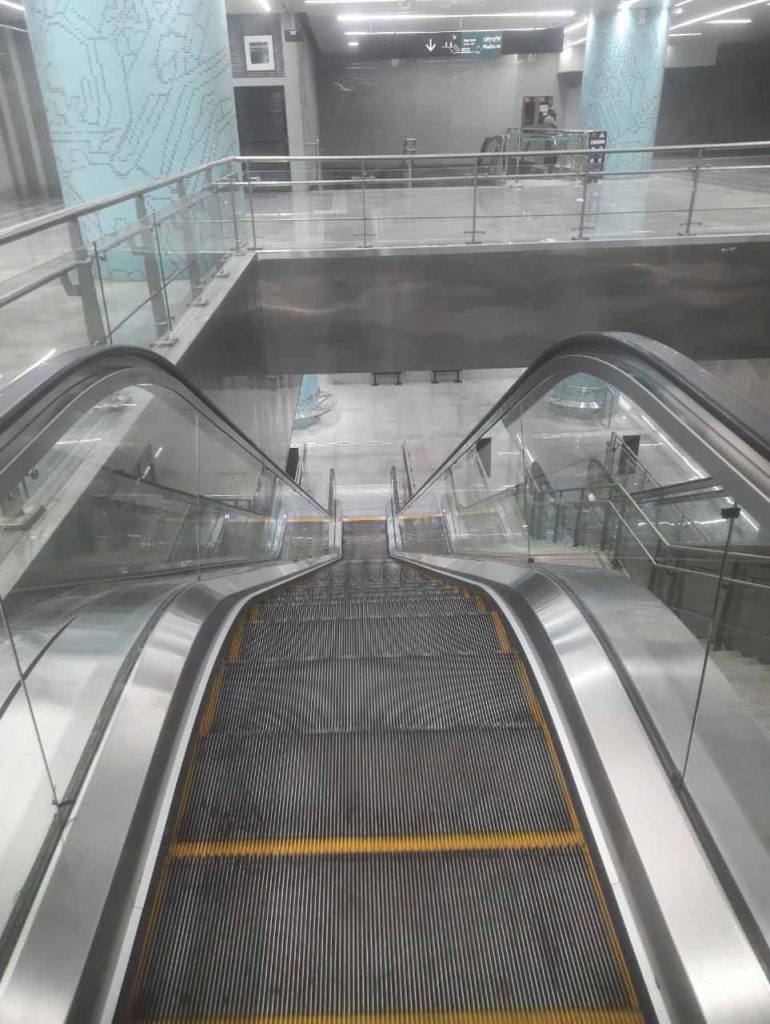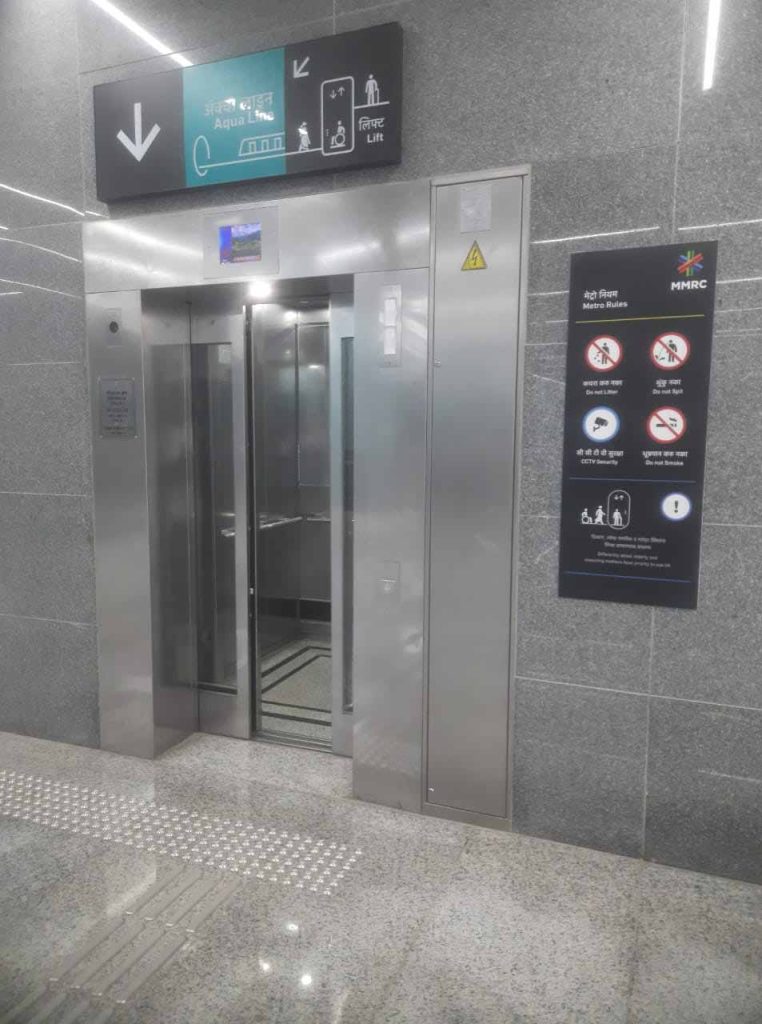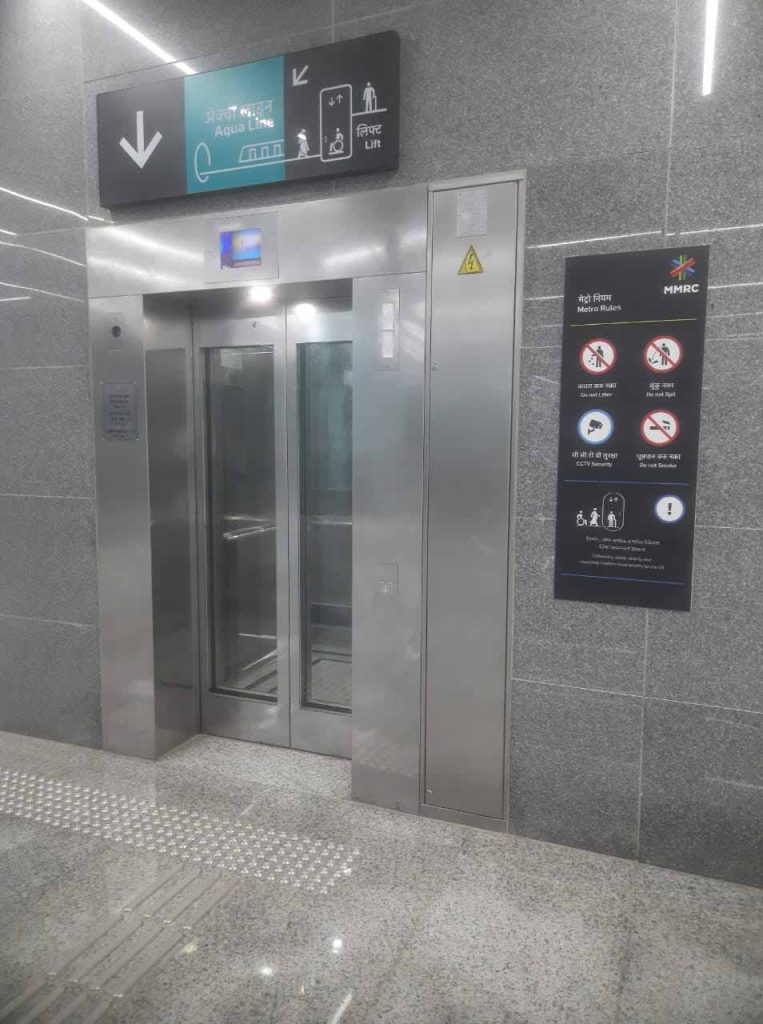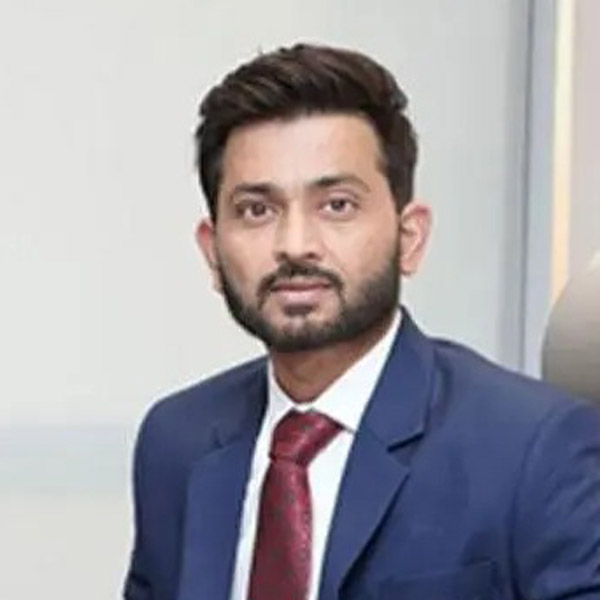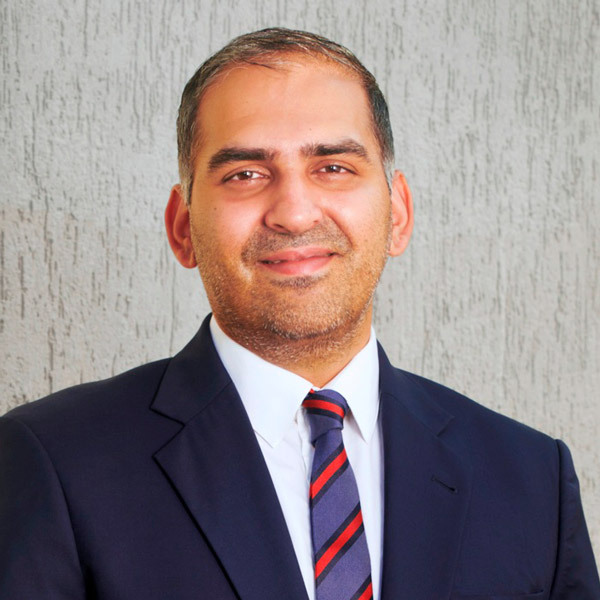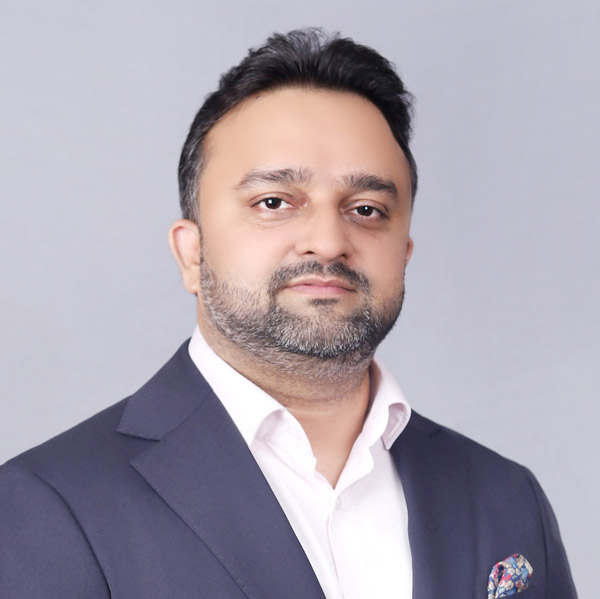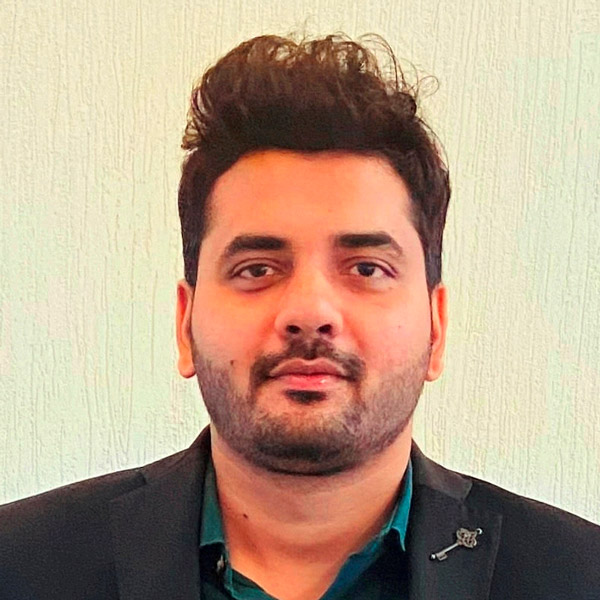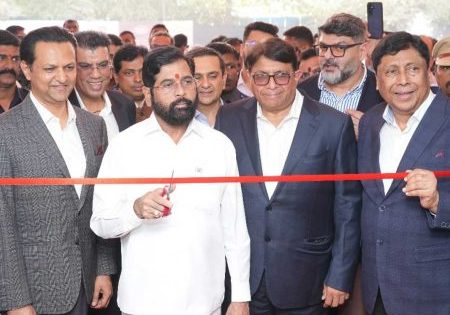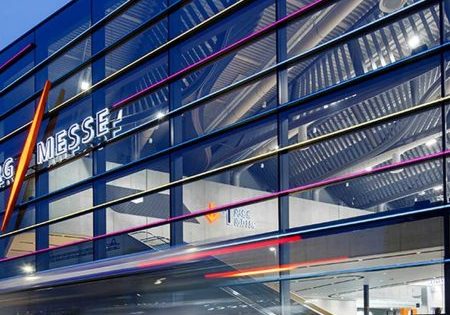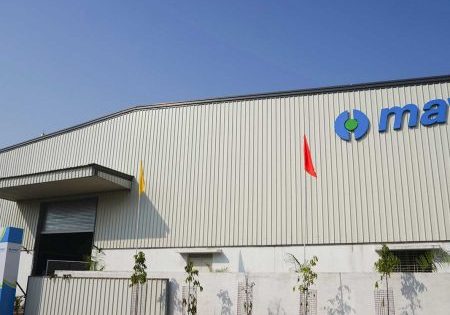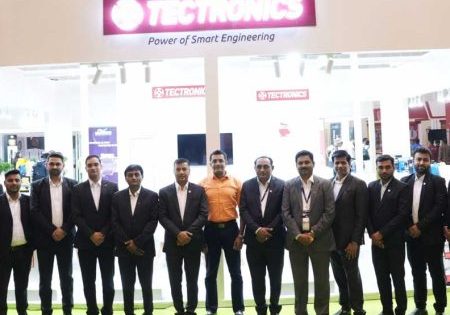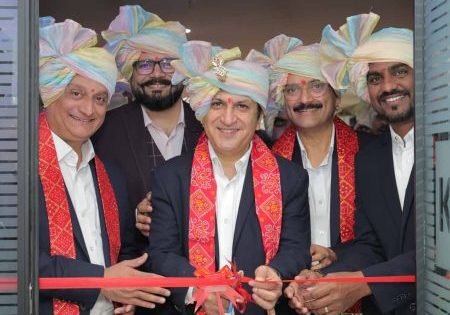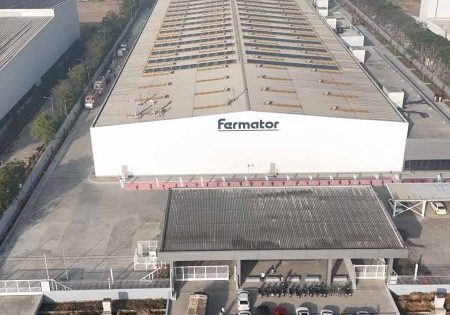An example of how infrastructure and real estate development can combine to exponentially drive VT growth
The Colaba-Bandra- Santacruz Electronics Export Processing Zone (SEEPZ) Corridor (Line 3), also referred to as the Aqua Line, is the first and only fully underground metro line being implemented for Mumbai Metropolitan Region (MMR). Cuffe Parade station in Colaba and Aarey Jogeshwari-Vikhroli Link Road (JVLR) station near SEEPZ are the stations at either end of the corridor. Metro Line 3 is a key project to improve and facilitate transportation in the city of opportunities, and its vertical transportation (VT) will comprise a total of 413 escalators and 185 elevators. These are state-of-the-art escalators and elevators designed for the differently abled.
The 33.5 km fully underground corridor will have 27 stations (26 underground plus one at-grade) and is expected to bring down the travel time from Cuffe Parade to Aarey JVLR within 1 h approximately, facilitating connectivity to six major business and employment centers including Nariman Point, Cuffe Parade, Fort, Lower Parel, Bandra Kurla Complex and SEEPZ/MIDC (Maharashtra Industrial Development Corp.).
Providing connectivity to the areas hereto not connected with suburban rail like Kalbadevi, Girgoan, Worli and international and domestic airports, it will also ensure easy access to more than 30 educational institutes, 13 hospitals, 14 religious places and more than 30 recreational facilities.
It will integrate with other existing and under-construction metros, monorail, suburban rail and state transport bus services. Fifteen percent of the Line 3 traffic is expected out of the traffic on suburban railways. Thus, Line 3 will help in reducing congestion on suburban railways. For the first time in India, the “Twin Booted Low Vibration Track — High Attenuation” system is being utilized to mitigate system-induced noise and vibrations in the buildings on-ground.
Once fully operational, Line 3 is expected to cater to around 13 lakh passengers daily with train frequency of about 3-4 min, ferrying approximately 2,500 passengers in each train (eight-coach train). The system is designed to run the train at 2 min frequency by simply procuring and introducing additional trains. This system is also designed to cater to 72,000 Peak Hour Peak Direction Traffic (PHPDT), which is the highest PHPDT in India.
The first phase of the project was inaugurated on October 5, 2024, by Prime Minister (PM) Narendra Modi. The PM congratulated the people of Mumbai on the inauguration and remarked that expanding the metro network of Mumbai will boost the “Ease of Living” for people. While it substantially enhanced the city’s internal connectivity quotient, the icing on the cake is that Mumbai’s real estate sector is also set for a significant transformation with this and the previous metro line launches operating in tandem.
Anil Mutha, chief visionary and co-founder, andivardhan Group, highlighted the transformative nature of these developments, stating:
“The government’s commitment to improving Mumbai’s infrastructure is commendable. The launch of Mumbai Metro Line 3 is a transformative milestone for urban transportation. This will drastically improve connectivity and help ease congestion in vital corridors. Once Metro 3 is fully operational, it will enhance accessibility for residents commuting between Dadar in south-central Mumbai and the northern suburbs, significantly benefiting daily commuters. Additionally, the operational metro corridor is expected to stimulate holistic development in the South Mumbai real estate market, particularly around Dadar, by improving connectivity to key areas like BKC, Worli and Marine Lines.”
Elaborating on benefits to SoBo residents, Vedanshu Kedia, director of Prescon Group, stated:
“South Mumbai is back on the real estate map with high-impact infrastructure projects that are announced and ongoing such as the Coastal Road, Bandra-Worli Sea Link Extension, Sewri-Worli Elevated Corridor, as well as Metro Line 3. There will be significant advantages for residents of Mahim, Dadar, Matunga and Worli, who will benefit from enhanced connectivity to the rest of Mumbai and Navi Mumbai. These micro markets have a significant scope of redevelopment potential due to their large stock of aging real estate. Once these initiatives are operational, property values and volumes are anticipated to increase significantly. We feel that the market share for these micro-markets will significantly improve in the residential and commercial property transaction pie of MMR.”
Commenting on the impact on the region, Rohan Khatau, director, CCI Projects, said:
“Metro 3 and Metro 7, along with the Western Express Highway, will significantly ease connectivity in the Kandivali- Borivali belt. This will inevitably lead to a surge in housing demand as the area becomes more accessible and attractive for potential homebuyers seeking well-connected residential options.”
Reflecting on the benefits for homebuyers, Umesh Jandial, chief business officer, Omkar Realtors & Developers, shared:
“There is already significant demand for housing in the western suburbs, especially in the Malad-Goregaon belt. The convergence of Metro Line 3 with existing Metro lines 1 and 7 will further fuel housing demand in this region. Improved connectivity, lifestyle amenities and the convenience offered by projects in the western suburbs will greatly enhance the lifestyle for homebuyers along this metro corridor.”
Shraddha Kedia-Agarwal, director, Transcon Developers, emphasizing the strategic importance of these developments, said:
“These infrastructure initiatives are pivotal for Mumbai’s future. The focus on underground metro systems and freeway extensions represents a forward-thinking approach to urban planning. Areas like Santacruz, Andheri and Malad along the western line will see heightened demand, with the improved mobility expected to stimulate both residential and commercial growth, making Mumbai a more competitive global city.”
Himanshu Jain, vice president – Sales, Marketing & CRM, Satellite Developers Pvt. Ltd., highlighted the Malad-Goregaon region’s growth potential, noting:
“The combined impact of Metro 3 and Metro 7 will drive residential and commercial development in the Malad-Goregaon region. For millennial homebuyers, the proximity of their homes to workplaces is a crucial factor. Compact homes and studio apartments near their workspace allow them to maintain a balanced lifestyle, offering more quality time with their families.”
So, it is evident that the demand for VT will continue to take place at a dual level, by the metro projects themselves as well as the real estate development boost that takes place along their routes!
Get more of Elevator World. Sign up for our free e-newsletter.
